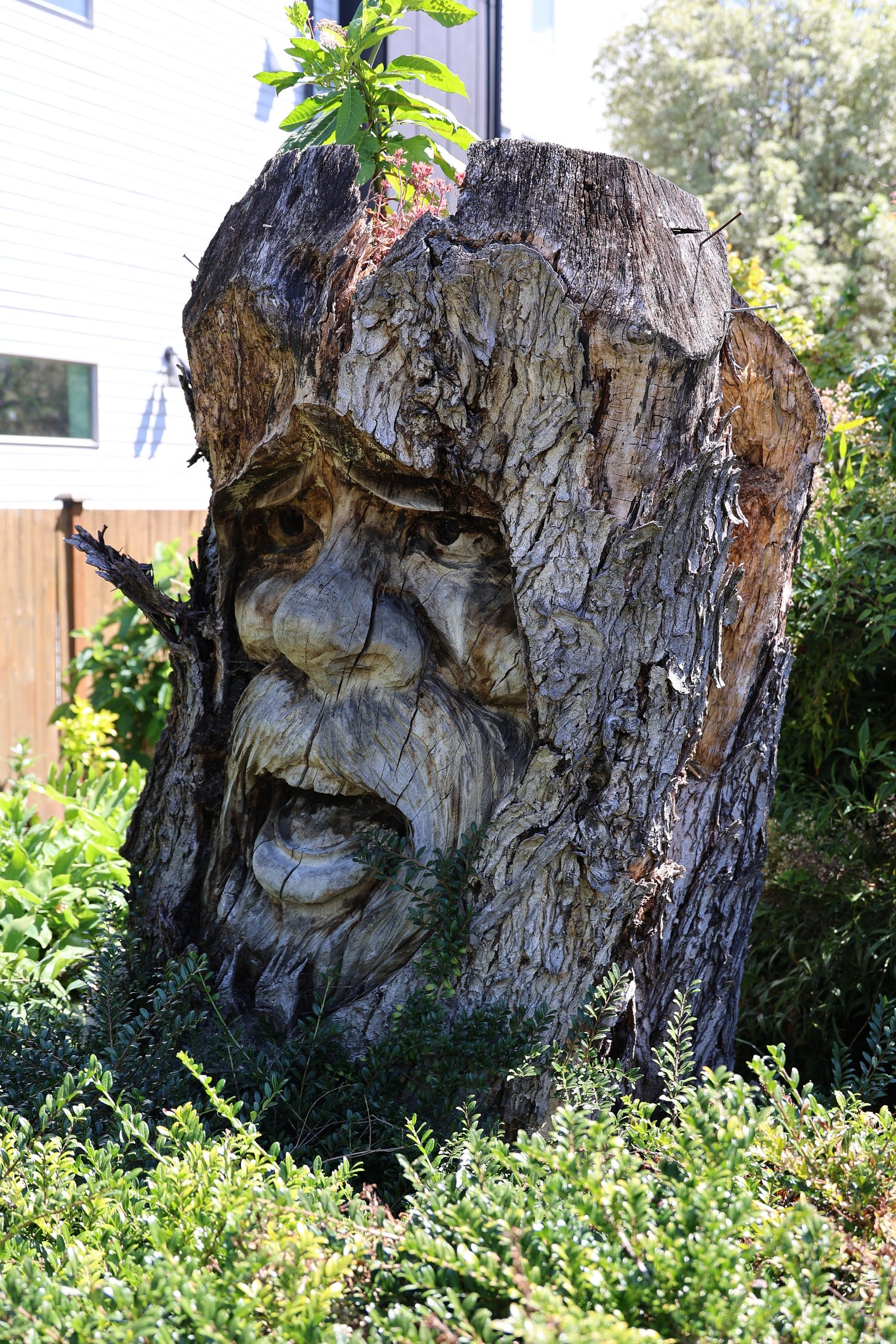
Here’s a profound thought from a stroll in Seattle.
At a megascale, we’re all transients on this planet over time. However, on a microscale, moving from one place to another can feel like the most significant thing in the world.
So, why bring this up? I do so to provide a needed perspective: It’s not all about us.
The places we leave, move to, or visit are changing, too. Our changes and movements deeply intertwine with the changes and movements of places across many environments.
As we grow and evolve, so do a place’s culture, economy, social connectivity, natural environment, architecture, and urban/regional planning approaches.
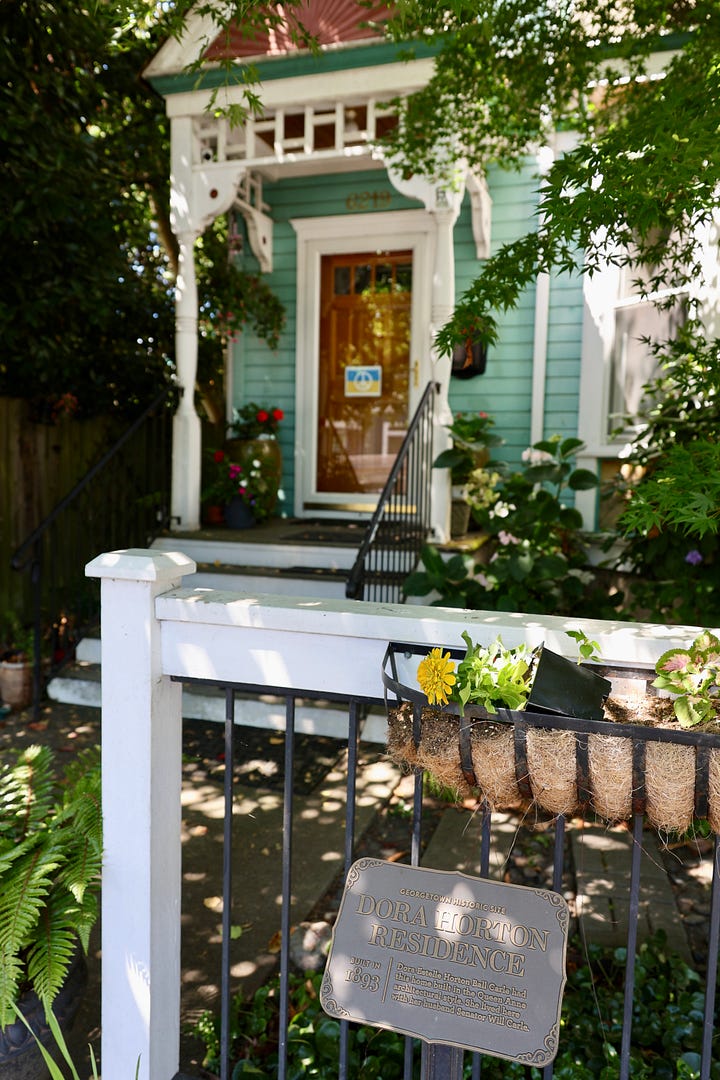
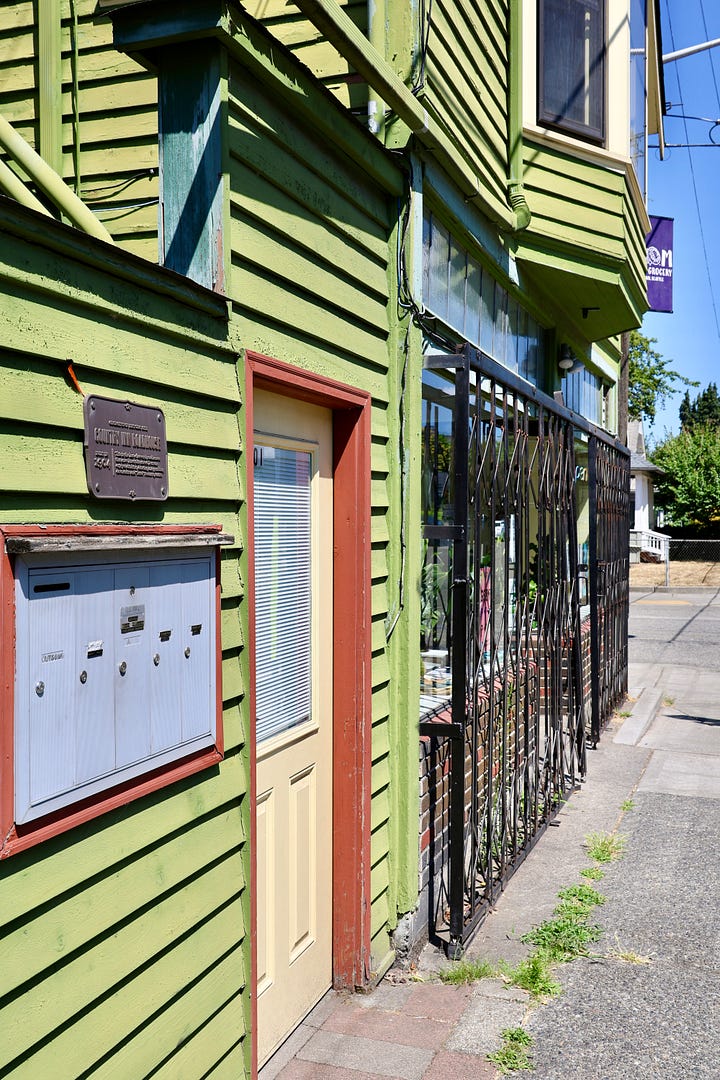
Places pass by and through other areas, as they change. Consider Seattle’s Georgetown, a community that began with pioneer families and was a city in its own right until annexed by Seattle in 1910. It continues to evolve from its longstanding residential neighborhoods, a commercial core, and old industry (e.g., beer) to an arts-centric district with increasing—and often seemingly incongruous—multifamily uses.

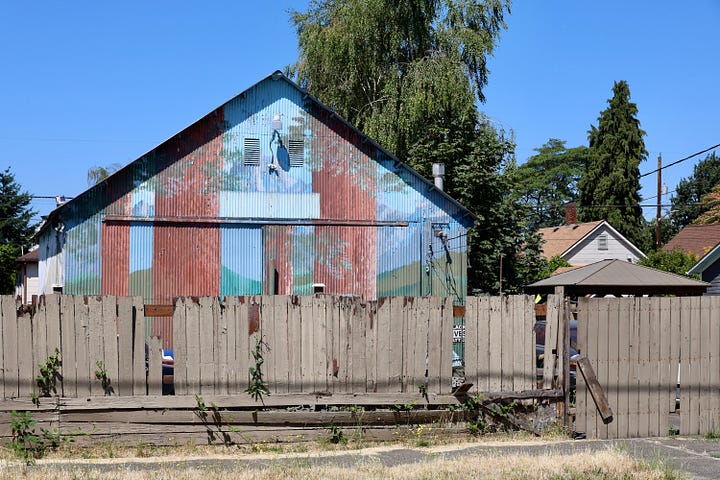
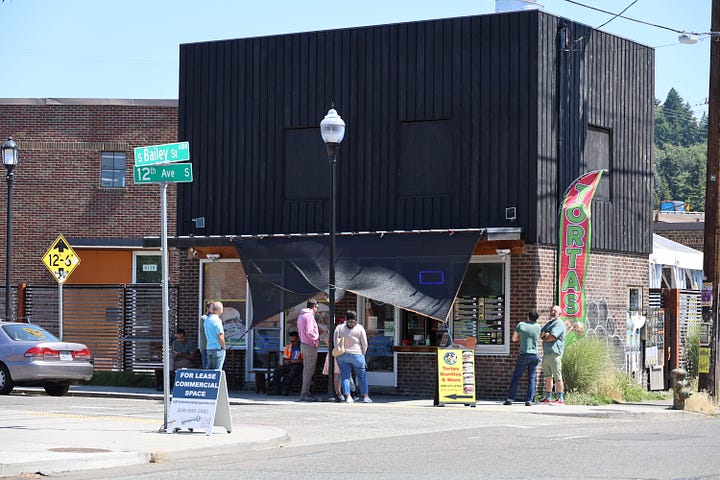
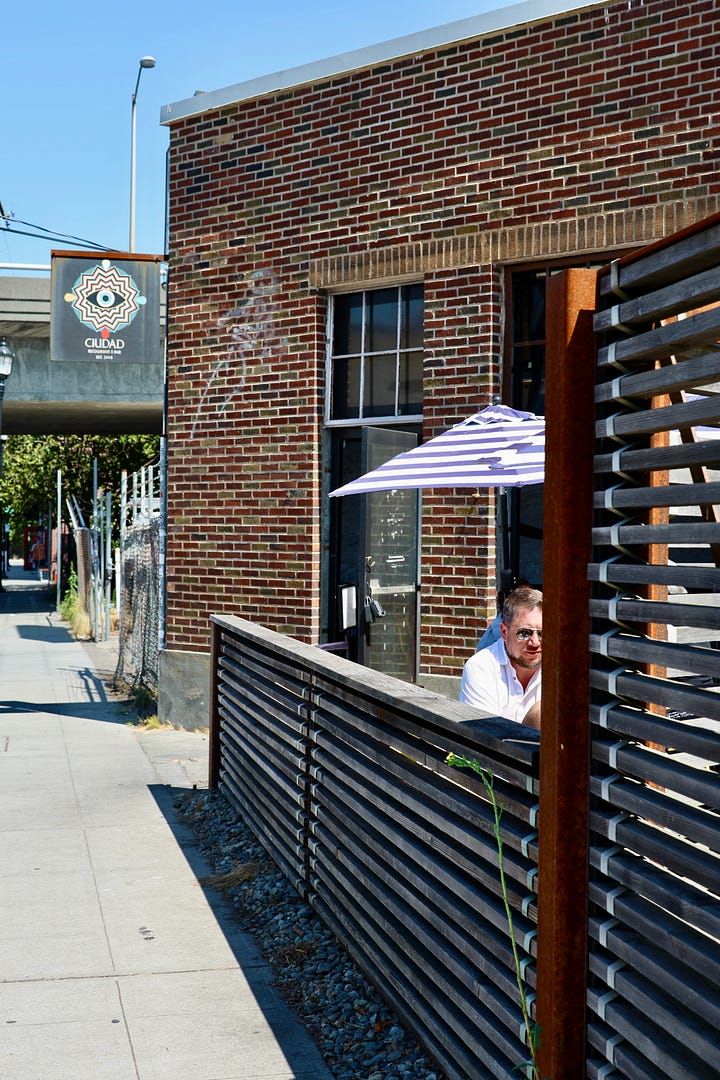
The City of London, once destroyed by fire, now stands within Greater London almost entirely as a business hub. In the island nation of Malta, Rabat surrounds the original capital of Mdina, now a “hill town” outcropping in a surrounding urban core.
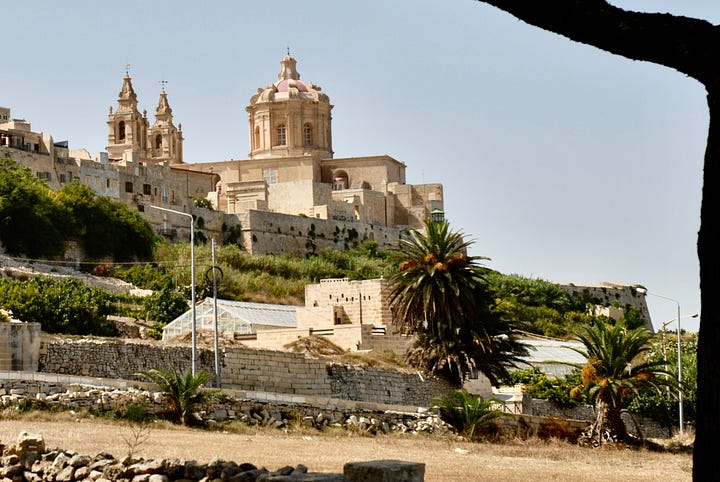
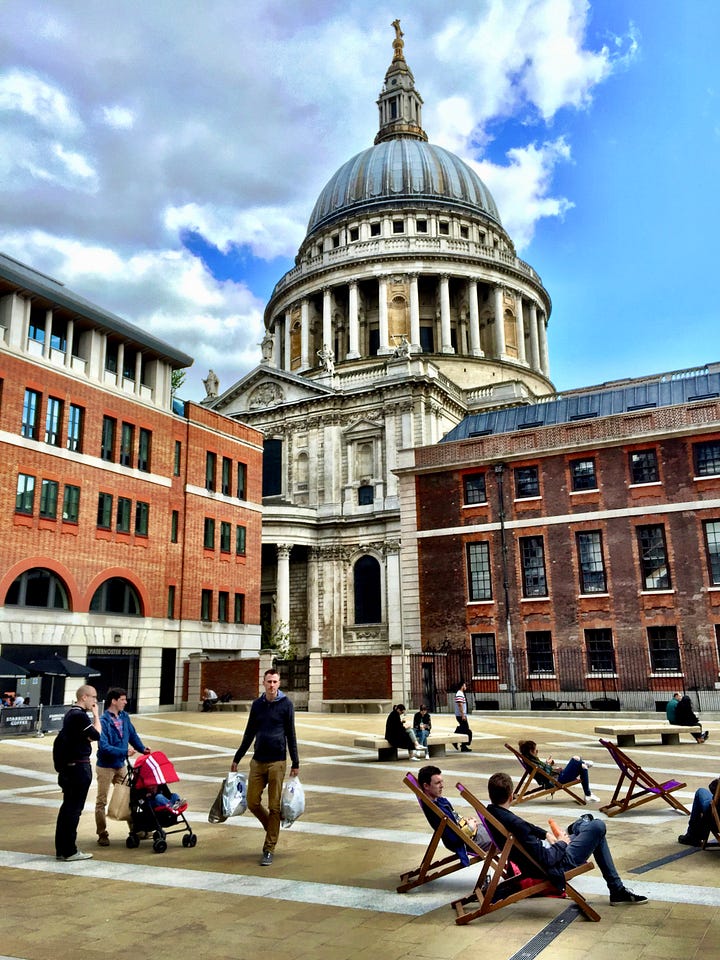
BBC Radio London presenter Robert Elms’ family autobiography, London Made Us (2019), is a particularly poignant example of how a place can become animate, equated to, and blended with personal experience. His city is forever a “shape-shifting” entity, a topic we discussed when he interviewed me on his show three years ago:
The Role of Resurgence
What we see vividly reveals how we pass through places or how “shape-shifting” places regenerate themselves around us on a smaller scale.
Georgetowns are ubiquitous, often tiny and nearby. For instance, where I live now, an ethereal rejuvenation clinic, a sign advertising newly restored homes, and a redevelopment project on the site of a former drugstore, nail salon, insurance brokerage, video store, pet store, and restaurant (over many years) are all viewable within a five-minute walk. Images of each example further frame the narrative of place and transformation.
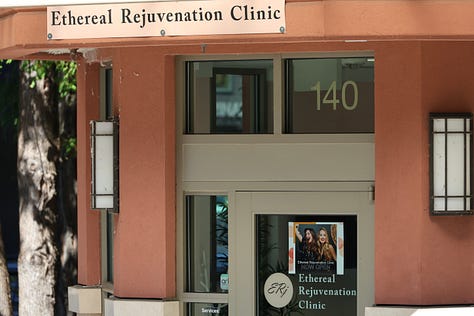
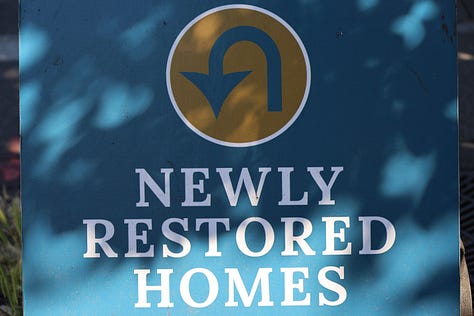
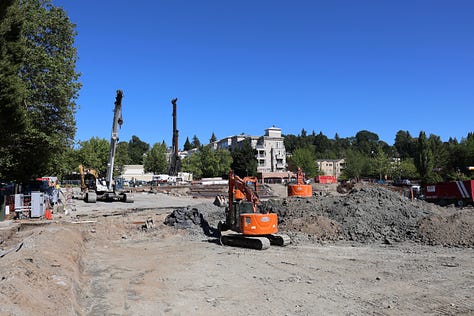
Much has been written about belonging in a place (Warnick), matching with a place (Loflin), and why old places matter (Mayes, which I reviewed here). We yearn for the “greener grass” of other places, but does the brown, weathered grass of our internal memories and experiences inevitably catch up to the elation of the new? Do we, after time, experience new places just as we experience old ones? Will we eventually find a trigger to sabotage the novelty and experience with a reminder of where we have been?
Perhaps it’s a blend. Our experiences and memories intrinsically tie to the places we inhabit. Yet, the places themselves are not static. They evolve, and even if we stay or return after time to the same places, we must evolve with them.




